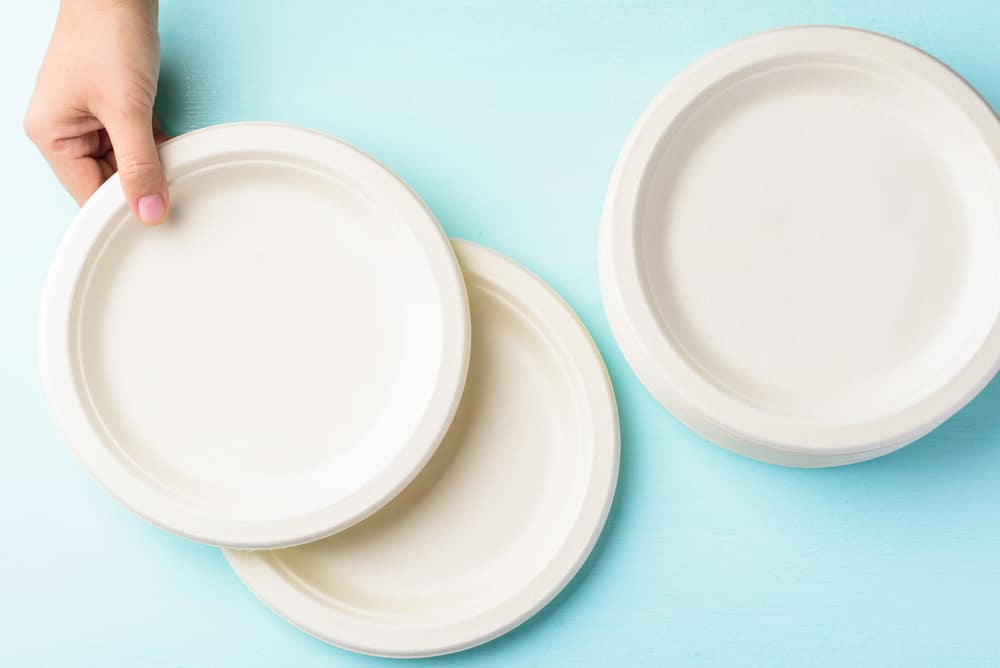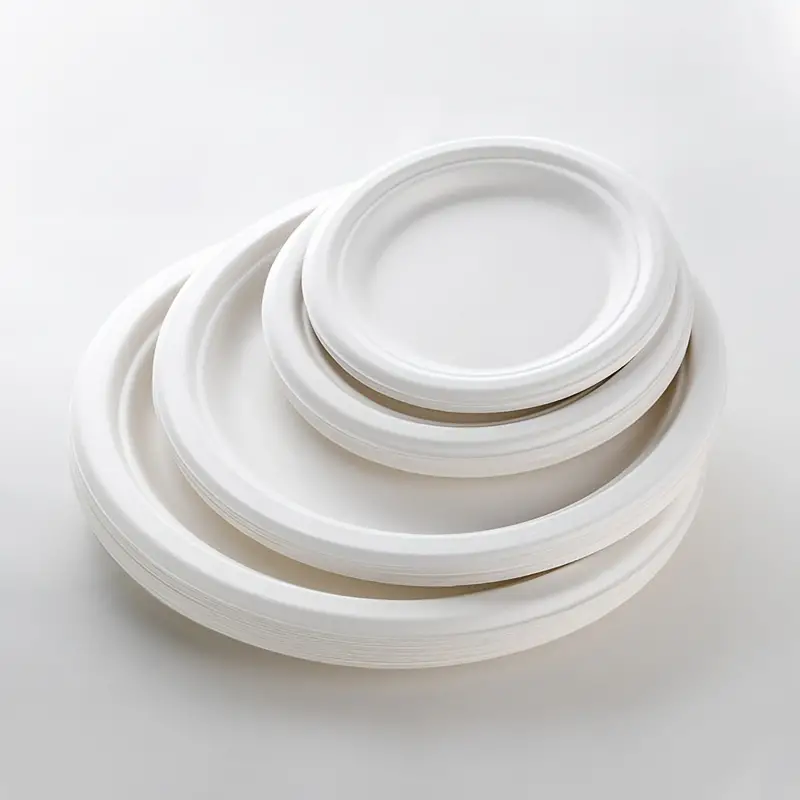Introduction:
Microwaves have become indispensable appliances in modern kitchens, offering convenience and efficiency for quick meal preparation. Amidst the rush of daily life, paper plates often seem like the perfect solution for minimizing cleanup time. However, there’s a lingering question: are paper plates truly compatible with microwaves? In this article, we’ll delve into the safety considerations surrounding the use of paper plates in microwaves and explore whether they’re a safe pairing or a recipe for disaster.
Understanding the Science:
Microwaves work by generating electromagnetic radiation, which excites water molecules in food, causing them to vibrate and generate heat. However, paper plates pose a unique challenge due to their composition. Most paper plates are made from a combination of paper pulp and a thin layer of plastic or wax coating to improve moisture resistance. When exposed to high temperatures, these materials can melt or ignite, posing a potential fire risk.
Safety Concerns:
Using non-microwave-safe paper plates in the microwave can lead to several risks, including melting, charring, or even catching fire. The plastic or wax coatings on these plates can release harmful chemicals when heated, contaminating food and posing health hazards. Additionally, melted plastic or wax residue can damage the microwave and create a mess that’s difficult to clean. These safety concerns highlight the importance of using microwave-safe paper plates or alternative dishware options.

Microwave-Safe Alternatives:
Fortunately, there are microwave-safe paper plates available on the market. These plates are specially designed to withstand the heat generated by microwaves without melting or catching fire. They typically feature a special coating or treatment that makes them more resistant to moisture and heat. When choosing paper plates for microwave use, look for labels or symbols indicating their safety for this purpose.
Education and Awareness:
One crucial aspect of ensuring the safe use of paper plates in microwaves is education and awareness among consumers. Many individuals may not be aware of the potential risks associated with microwaving non-microwave-safe paper plates or the importance of using alternative dishware options. By providing clear and accessible information about microwave safety and the proper use of paper plates, manufacturers, retailers, and consumer advocacy groups can empower individuals to make informed decisions about their kitchen practices.
Educational campaigns can highlight the importance of reading labels, understanding microwave-safe symbols, and following best practices for microwave use. Additionally, information about the environmental impact of disposable dishware and the benefits of sustainable alternatives can inspire consumers to make more conscious choices in their daily lives.
Best Practices for Microwave Use:
To minimize the risks associated with microwaving paper plates, follow these best practices:
- Read Labels: Always check the packaging for microwave-safe labels or symbols before using paper plates in the microwave.
- Avoid Excessive Heat: Use low to medium power settings and shorter cooking times to reduce the risk of overheating paper plates.
- Monitor Carefully: Keep a close eye on paper plates while microwaving to ensure they don’t show signs of melting or charring.
- Consider Alternatives: If in doubt about the safety of paper plates, opt for microwave-safe glass or ceramic dishes instead.
Environmental Considerations:
In addition to safety concerns, it’s essential to consider the environmental impact of using paper plates, especially when microwaving. While disposable paper plates offer convenience and ease of cleanup, they contribute to waste generation and environmental pollution. Opting for reusable alternatives such as microwave-safe glass or ceramic dishes can help reduce your carbon footprint and minimize the amount of single-use packaging ending up in landfills.
Conclusion:
While paper plates offer convenience in microwave cooking, their compatibility with microwaves raises valid concerns regarding safety and environmental impact. Microwave-safe alternatives and sustainable practices offer viable solutions for individuals seeking to minimize risk and reduce their ecological footprint. By prioritizing safety, sustainability, and informed decision-making, consumers can enjoy the convenience of microwave cooking while minimizing potential risks and contributing to a healthier planet for future generations.
